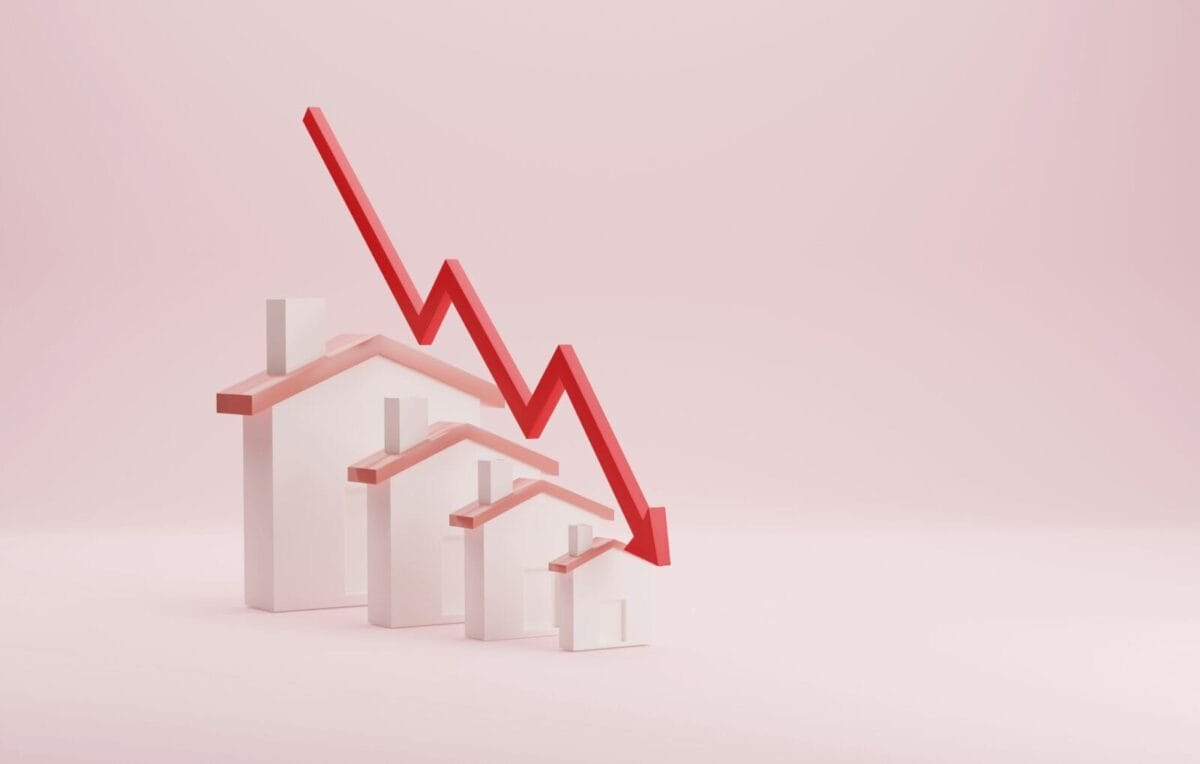The latest Nationwide House Price Index data has revealed that house price growth has remained at a steady level throughout February compared to January, the data has shown that house prices saw an increase of 3.9%, compared with 4.1% in January.
Following the release of the data, industry experts have shared their thoughts and views below:
Responding to today’s UK house price data, Aaron Hussein, Global Market Strategist at J.P. Morgan Asset Management, says:
“The UK housing market continues to demonstrate remarkable resilience, but the first quarter may well be as good as it gets.
While recent growth has been propelled by the triple boost of declining mortgage rates, real wage improvements, and the stamp duty stampede, these tailwinds are set to diminish as the year progresses.
The rush to beat stamp duty changes is already fading. Looking beyond this temporary boost, the fundamental affordability equation remains in a delicate balance.
Strong real wage growth is a double-edged sword for the housing market – easing affordability pressures but also making the Bank of England wary of cutting rates further.
This caution will likely keep Bank Rate higher for longer, meaning prospective buyers banking on significant mortgage rate declines may face disappointment.
Looking ahead, we expect more moderate price growth, as the market transitions from its policy-induced sprint to a more measured Sunday jog.”
Jonathan Handford, Managing Director at national estate agent group Fine & Country, said: “House price growth crept upward in February, but this looks like being the calm before the storm with stamp duty changes on the horizon.
Many buyers — especially first-time purchasers and landlords — are rushing to secure deals before the tax increase takes effect. For those entering the property market, the looming rise in upfront costs makes the current window crucial. Locking in a purchase now could mean significant savings, particularly for those stretching their budgets to afford a home.
Adding fuel to the fire, the Bank of England’s decision to cut the base rate to 4.5% in February — which should also translate into lower mortgage rates — has made borrowing cheaper, injecting momentum into early 2025.
This urgency is evident in the £848 million paid in Stamp Duty in January, a £40 million rise from the previous year, according to HMRC data. Meanwhile, Zoopla’s latest House Price Index shows the number of sales agreed was 10% higher in January, and the number of homes for sale was up 11% compared to a year ago.
But rising house prices aren’t good news for everyone. While the market is active, the affordability gap continues to widen. Higher house prices, driven by increased demand and lower mortgage rates, mean many buyers could struggle to find homes within their budget, despite lower borrowing costs.
Economic headwinds could also complicate the picture. CPI inflation has ticked back up to 3%, potentially delaying further interest rate cuts and keeping household budgets under pressure. While lower rates are a win for borrowers, persistent inflation could force the Bank of England to pause or slow future reductions, limiting affordability improvements in the long run.
With a heated market, looming tax changes, and economic uncertainty, the coming months will be crucial. If borrowing costs remain favourable and inflation stabilises, buyer confidence could hold steady — but if affordability worsens, the housing market may face fresh challenges as 2025 unfolds.”
Commenting on latest data from Nationwide showing property prices have risen by 3.9%, Daniel Austin, CEO and co-founder at ASK Partners, said:
“Despite a rise in house prices, we believe that growth is likely to face pressure and remain steady, as higher borrowing costs start to affect buyers, despite the market’s continued resilience. Investors and developers in the residential sector remain motivated by the supply demand imbalance and under the new government, we think there will be more projects that get off the ground. We are seeing a greater variety of housing options, such as co-living schemes, coming to market which fulfil the growing requirements of younger professional buyers. If prices flatten and interest rates start to fall, we will see more first-time buyers able to step onto the property ladder.”
CEO of Yopa, Verona Frankish, commented:
“The UK property market has begun the year on the front foot and we’re now seeing the rate of house price growth start to accelerate, as more buyers push on with their plans to purchase following a brief respite over the Christmas period.
A degree of this increased activity in recent months has, of course, been spurred by the impending stamp duty deadline at the end of March, with those making their move keen to reach completion and avoid any increased cost when buying.
However, we’ve seen the vast majority of buyers take the potential stamp duty cost increase into consideration before submitting their offers, so whilst there may be a momentary market correction, we expect momentum to continue building beyond 1st April.”
Director of Benham and Reeves, Marc von Grundherr, commented:
“A consistently positive performance has been the theme for the UK property market over much of the last year and this theme has so far continued in 2025.
House prices may not be climbing at the same rate as previous market peaks, but some may argue that this more measured rate of growth is far healthier for the market, particularly when you consider that first-time buyer activity is on the up, despite the fact that this market segment faces the toughest task with respect to affordability.”
Nathan Emerson, CEO of Propertymark, comments:
“Year on year it is positive to see progression within the housing market, and it is encouraging to see momentum continue as we head further into 2025. There are still aspects to be mindful of, however, such as how inflation could influence future base rate decisions and what effect on affordably that could have.
With inflation now sitting at 3 per cent, which is above the Bank of England’s initially targeted level, we could see it becoming potentially more challenging for people to approach the buying and selling process should this translate into higher interest rates as a result.”















